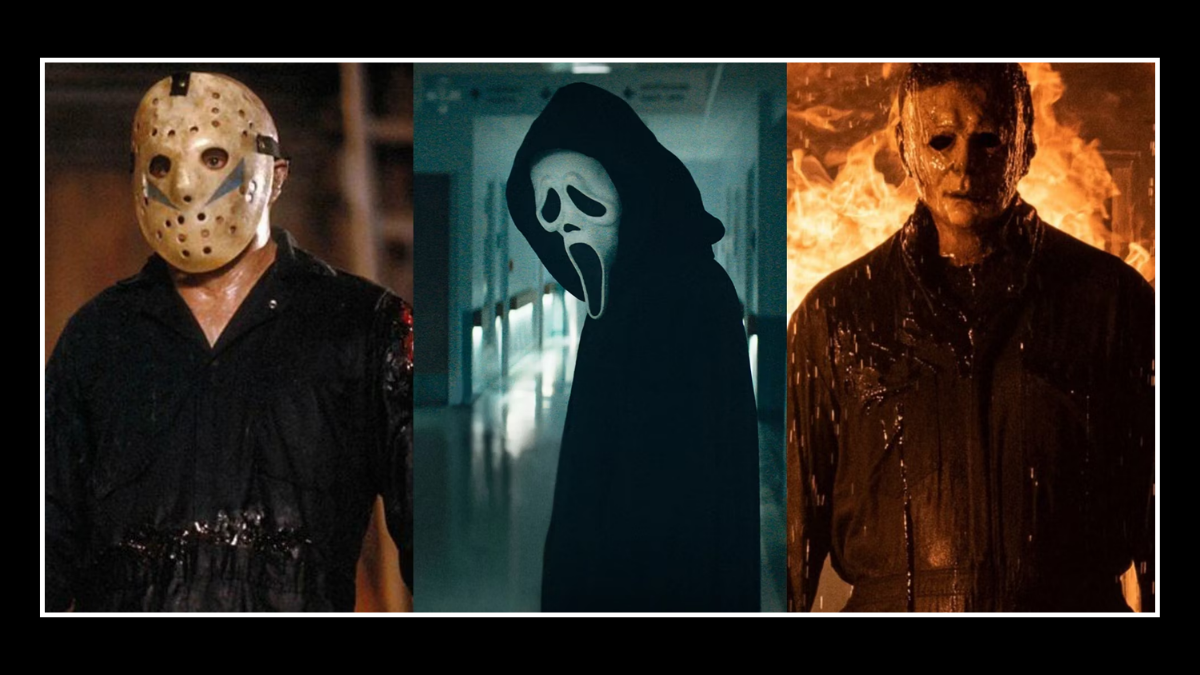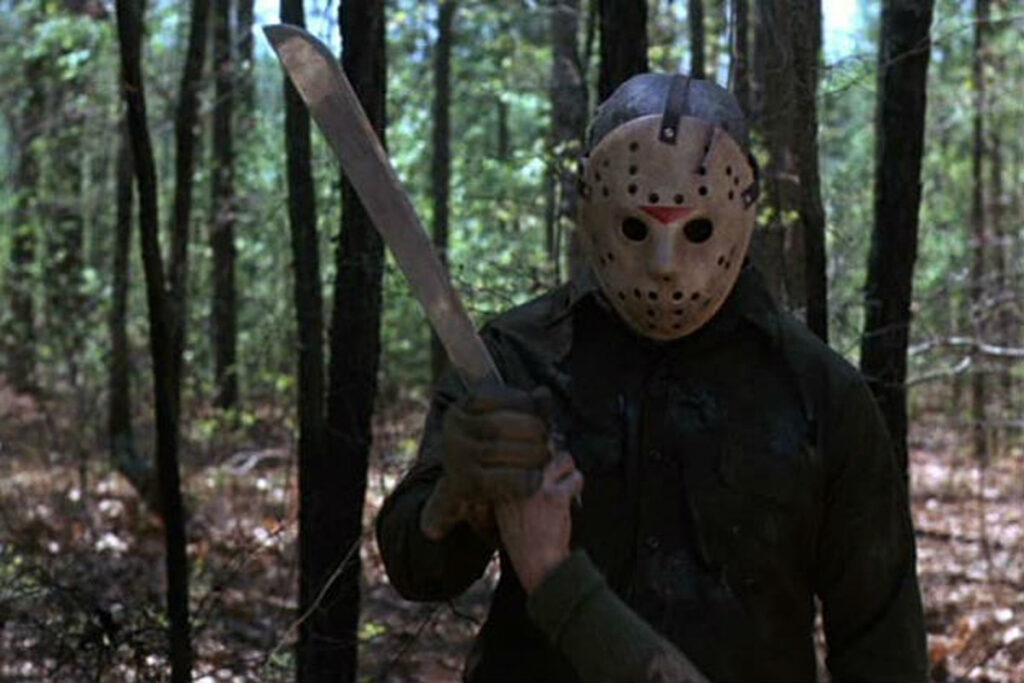Slasher Films and the 1980s Boom: The Rise and Fall of a Genre

The 1980s witnessed an explosion of slasher films, catapulting the subgenre to mainstream popularity and leaving an indelible mark on horror cinema. With iconic franchises like ‘Friday the 13th’ and ‘A Nightmare on Elm Street’, the slasher genre reached its golden age, influencing popular culture and creating a formula that would dominate horror for over a decade. However, as the 1990s rolled around, the slasher trend waned, leaving many to wonder: why did the genre rise so quickly in the ’80s, and what caused its eventual decline?
The Birth of the Boom: Roots of the 1980s Slasher Craze
While the 1980s is often hailed as the golden age of slasher films, the groundwork for the genre was laid in the late 1970s. Key precursors like Alfred Hitchcock’s ‘Psycho’ (1960), Tobe Hooper’s ‘The Texas Chain Saw Massacre’ (1974), and Bob Clark’s ‘Black Christmas’ (1974) offered the first glimpses of what would become the core elements of slasher cinema: a masked or unknown killer, a group of unsuspecting victims, and a “final girl” who survives the carnage.
The true tipping point, however, came with John Carpenter’s ‘Halloween’ (1978), a low-budget masterpiece that introduced Michael Myers and set the stage for the slasher formula. With its suspenseful pacing, haunting score, and innovative use of first-person perspective to mirror the killer’s point of view, ‘Halloween’ was a massive box office success. It solidified the appeal of the masked, silent killer stalking unsuspecting teens and became the blueprint for the slasher boom that followed.

The Formula for Success: Why Slashers Thrived in the ’80s
By the early 1980s, the slasher genre had hit its stride. Films like ‘Friday the 13th’ (1980) capitalized on Halloween’s success, combining low budgets with high profits, spawning sequels and a flood of imitators. The slasher formula was relatively simple: a group of teens, often in isolated settings like summer camps or suburban homes, are hunted down by a masked or monstrous killer, and one female protagonist—the “final girl”—survives the ordeal.

Several factors contributed to the genre’s meteoric rise during the decade:
Economic Appeal: Slashers were inexpensive to produce, with costs primarily going toward practical effects for the kills and minimal set pieces. This low financial investment made the genre attractive to studios, especially since many of these films turned high profits at the box office.
Cultural Climate: The early ’80s was a period of economic recession, growing political conservatism, and societal anxiety. The slasher genre tapped into these fears, often targeting teenagers for their immoral behaviour, like drinking, dr*g use, and premarital s*x. This moralistic undertone resonated with audiences while also playing into conservative fears of youth culture gone astray.
Audience Identification: The films often placed viewers in the killer’s point of view, creating an unsettling yet thrilling identification with the antagonist. At the same time, audiences sympathized with the “final girl,” who became an empowering figure as she fought back against the killer.
Franchise Appeal: As films like ‘Friday the 13th’ (1980) and ‘A Nightmare on Elm Street’ (1984) found success, studios quickly churned out sequels. This serial nature built up dedicated fan bases eager to see the next creative kill or the return of iconic villains like Jason Voorhees and Freddy Krueger.

The Peak of Popularity: Slasher Films Dominate the 1980s
The early to mid-1980s saw an explosion of slasher films, with multiple releases each year. Franchises like ‘Friday the 13th’ produced sequels at an astonishing rate, with Part 2 (1981), Part 3 (1982), and The Final Chapter (1984) all making significant box office returns. Similarly, Wes Craven’s ‘A Nightmare on Elm Street’ (1984) introduced a new kind of slasher villain in Freddy Krueger, who stood out for his ability to kill teens in their dreams, blending supernatural elements with traditional slasher tropes.
The genre’s popularity wasn’t just limited to major franchises; lesser-known titles like ‘Prom Night’ (1980), ‘My Bloody Valentine’ (1981), and ‘The Burning’ (1981) all followed similar formulas, reinforcing the genre’s dominance. However, as the decade progressed, cracks began to show.

The Fall: Why the Slasher Genre Fizzled Out
By the late 1980s, the slasher genre had begun to wane, and the reasons for its decline were multifaceted:
Oversaturation: The sheer number of slasher films released in the 1980s contributed to genre fatigue. What had once been innovative became predictable. Audiences grew tired of formulaic plots where masked killers picked off teens one by one, and even iconic franchises like ‘Friday the 13th’ and ‘Halloween’ began to feel redundant.
Decline in Quality: As more sequels and knockoffs flooded the market, the quality of many slasher films diminished. Audiences started to notice the repetitiveness of the stories, the lack of character development, and increasingly absurd plotlines (‘Friday the 13th Part VIII: Jason Takes Manhattan’ or ‘Halloween 5’). The focus on creative and elaborate death scenes often came at the expense of coherent storytelling.
Censorship and Pushback: Throughout the decade, slasher films faced increased scrutiny from both the public and censorship boards. Many films were criticized for excessive violence and perceived misogyny, sparking debates over whether they glorified violence against women. The genre’s reliance on graphic deaths drew the ire of conservative groups, which only increased pressure on the studios to tone down the gore.
Changing Tastes: As the 1990s approached, audiences began to gravitate towards more psychological or supernatural horror, leaving the straightforward violence of slasher films behind. Films like ‘The Silence of the Lambs’ (1991) and ‘The Blair Witch Project’ (1999) shifted the genre’s focus to psychological fear and suspense, while the rise of action-heavy horror (Predator or Aliens) also helped to edge out slashers.
The Legacy of the Slasher Boom
Though the slasher genre declined in popularity by the early 1990s, its influence remained. The formula developed during the 1980s—masked killers, isolated settings, and vulnerable teens—became entrenched in horror tradition. The mid-1990s saw a resurgence of slasher films, most notably with Wes Craven’s ‘Scream’ (1996), which revived the genre by both honouring and satirizing its tropes.

Even today, the slasher film continues to inspire filmmakers, with modern entries like ‘Happy Death Day’ (2017), ‘Fear Street’ (2021), and ‘X’ (2022) paying homage to the 1980s classics while reinventing the genre for contemporary audiences.
In retrospect, the 1980s slasher boom represented not just a golden age for the genre, but a time when horror films were pushing boundaries in both style and subject matter. While the slasher trend eventually fizzled out, its impact remains a pivotal chapter in the history of horror cinema.
Also Read: The Legacy of American Gothic Literature in Film and Television
–Silviya.Y








